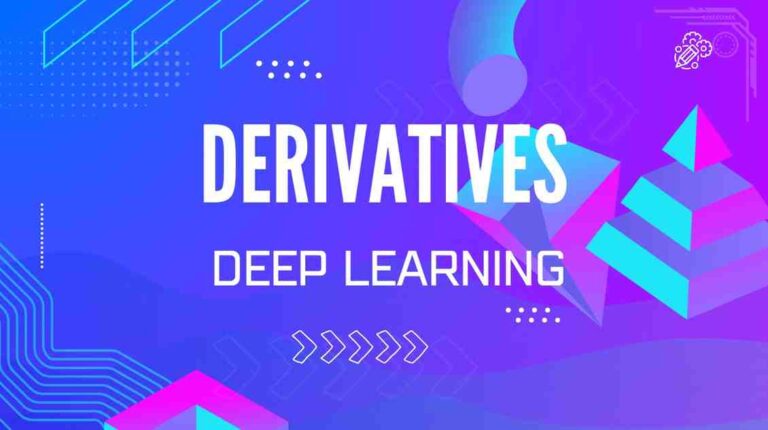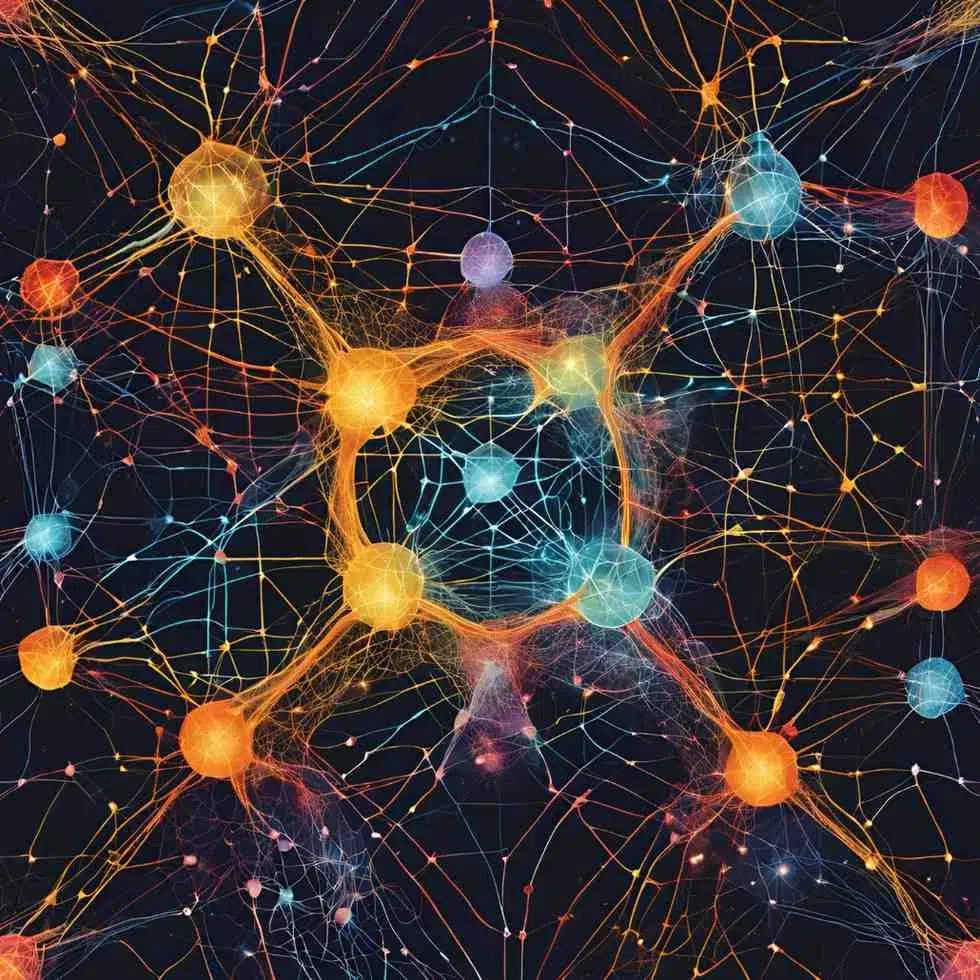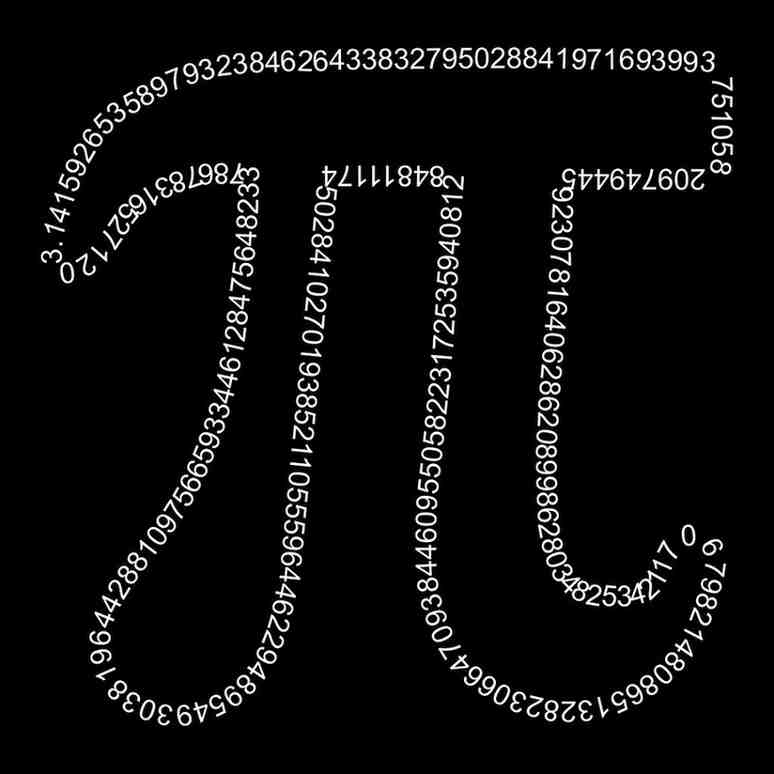Deep learning, a subset of artificial intelligence, has revolutionized fields ranging from healthcare to autonomous vehicles. At its core lies a mathematical concept that powers the learning process: derivatives. While derivatives are a cornerstone of calculus, their role in deep learning is both profound and practical. This blog explores how derivatives serve as the engine of deep learning, making it possible for neural networks to learn and improve.
What Are Derivatives?
In mathematics, a derivative measures how a function changes as its input changes. For instance, in the context of a graph, the derivative at a point represents the slope of the tangent line to the curve at that point. Formally, if is a function, its derivative is defined as:
Derivatives help us understand the rate of change, making them essential in optimization problems—a crucial aspect of deep learning.
The Role of Derivatives in Deep Learning
Deep learning models, such as neural networks, are built to minimize a specific loss function, which measures how far the model’s predictions are from the actual outcomes. This minimization process is an optimization problem where derivatives play a central role. Here’s how:
1. Loss Function
The loss function quantifies the error in a model’s predictions. Common examples include Mean Squared Error (MSE) for regression tasks and Cross-Entropy Loss for classification tasks. The goal of training is to adjust the model’s parameters (weights and biases) to minimize this loss.
2. Gradient Descent
Gradient Descent is an iterative optimization algorithm used to minimize the loss function. The algorithm updates the parameters of the model in the direction of the steepest descent of the loss function. The gradient, which is a vector of partial derivatives, indicates this direction. For a parameter , the update rule is:
where:
- is the learning rate, controlling the step size.
- is the derivative of the loss function with respect to .
3. Backpropagation
Backpropagation is the algorithm used to compute gradients efficiently in neural networks. It applies the chain rule of calculus to propagate the error backward through the network, layer by layer. This process calculates how much each parameter contributed to the error, enabling precise updates.
For example, if a neural network has layers with activations and weights , the gradient of the loss with respect to is computed using:
where represents the error term at layer .
Why Are Derivatives Essential?
Derivatives enable the optimization process that allows neural networks to learn. Here’s why they are indispensable:
1. Finding Minima
Minimizing the loss function is akin to finding the lowest point in a landscape. Derivatives help identify the slope of the terrain, guiding the model toward the minima.
2. Handling High-Dimensional Spaces
Neural networks operate in high-dimensional parameter spaces. Derivatives provide a systematic way to navigate these spaces, ensuring efficient updates to millions of parameters.
3. Adaptive Learning
Advanced optimization techniques like Adam and RMS Prop use derivatives to adapt the learning rate for each parameter, improving convergence speed and stability.
Practical Applications of Derivatives in Deep Learning
1. Image Recognition
In tasks like object detection and image classification, derivatives help optimize convolutional neural networks (CNNs). Gradients enable fine-tuning of filters to extract meaningful features from images.
2. Natural Language Processing (NLP)
In NLP models like transformers, derivatives optimize embeddings and attention mechanisms, enabling tasks such as translation and sentiment analysis.
3. Reinforcement Learning
Derivatives are used in policy gradient methods to optimize the reward function, guiding agents to learn optimal strategies in environments.
4. Generative Models
In Generative Adversarial Networks (GANs), derivatives optimize both the generator and discriminator, balancing their competition to produce realistic outputs.
Challenges and Solutions
1. Vanishing and Exploding Gradients
In deep networks, gradients can become too small (vanishing) or too large (exploding), hindering learning. Solutions include:
- Using activation functions like ReLU to mitigate vanishing gradients.
- Gradient clipping to address exploding gradients.
2. Overfitting
While derivatives guide optimization, they can lead to overfitting if the model learns noise in the data. Regularization techniques, such as L2 regularization and dropout, help counter this.
3. Computational Complexity
Calculating derivatives for large models can be computationally expensive. Frameworks like TensorFlow and PyTorch use automatic differentiation to streamline this process.
Tools and Frameworks
Modern deep learning frameworks simplify the computation of derivatives:
1. TensorFlow
TensorFlow uses automatic differentiation to compute gradients efficiently. Its Gradient Tape API allows custom computations.
2. PyTorch
PyTorch’s autograd module provides dynamic computation of derivatives, making it popular for research and experimentation.
3. JAX
JAX combines automatic differentiation with high-performance computing, enabling scalable deep learning applications.
Conclusion
Derivatives are the unsung heroes of deep learning, powering the optimization algorithms that enable neural networks to learn from data. By guiding models to minimize loss functions, derivatives make it possible to tackle complex problems across diverse domains. As deep learning continues to evolve, the role of derivatives remains central, driving innovation and expanding the boundaries of what machines can achieve.




